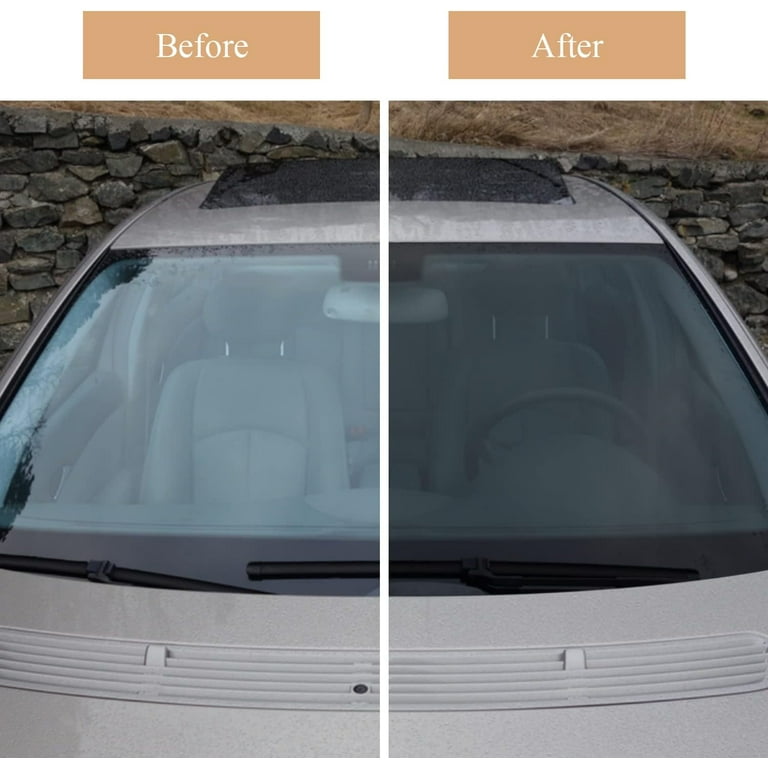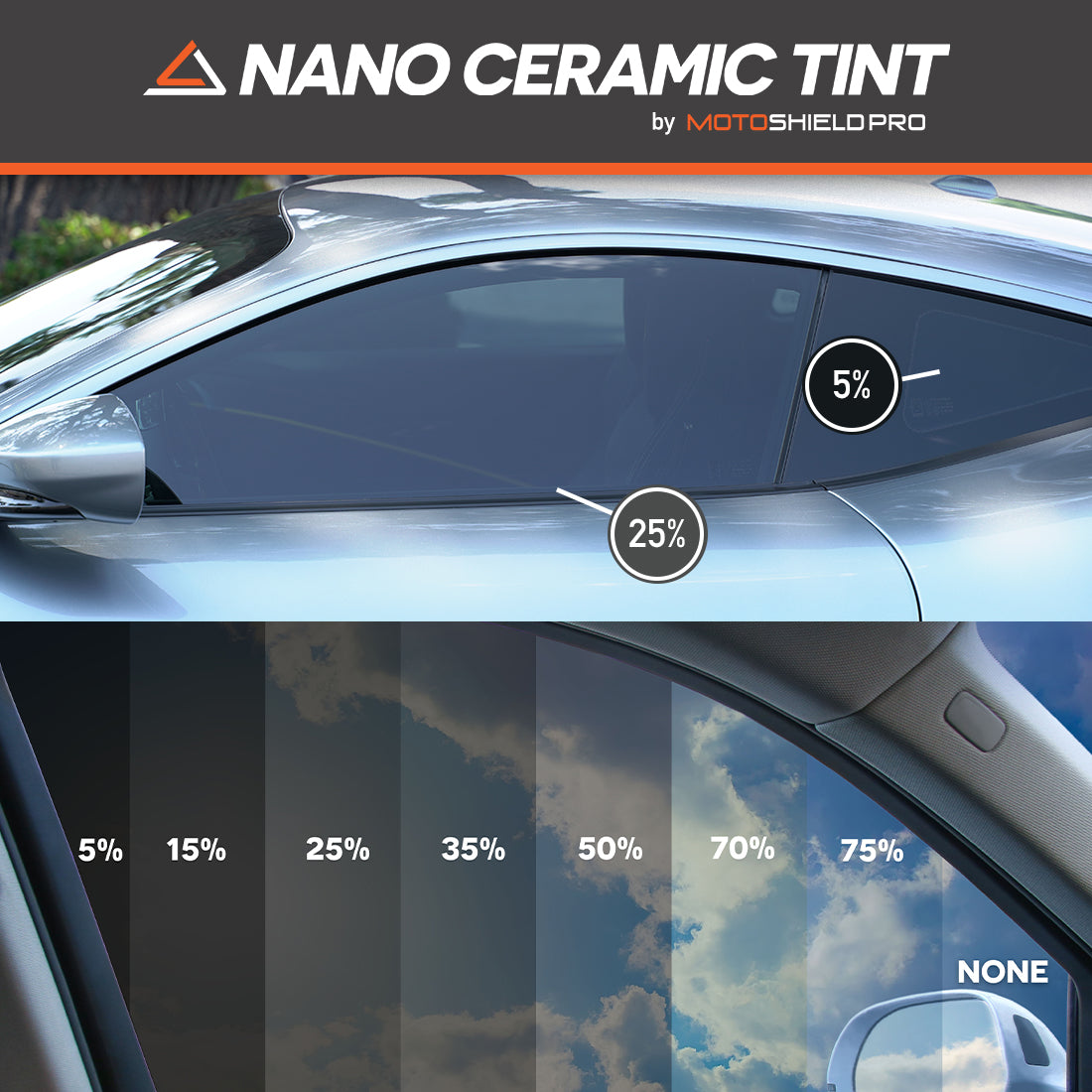Automobile Window Tinting: Locate the Best Offers and High Quality Providers Nearby
Automobile Window Tinting: Locate the Best Offers and High Quality Providers Nearby
Blog Article
Window Tinting Regulations and Standards: What You Need to Know Prior To Tinting Your Vehicle
Before waging window tinting for your car, it is vital to familiarize on your own with the diverse legislations and guidelines that govern this technique throughout various states. These guidelines dictate the permitted levels of tint darkness, commonly determined by visible light transmission (VLT) percentages, and consist of details specifications for front windshields focused on making sure road safety. Additionally, certain territories might use medical exceptions for people with qualifying problems. Comprehending these intricacies can save you from prospective legal implications, but what are the specific regulations in your state?
Review of Home Window Tinting Regulations
Home window tinting laws are often based on variant throughout different jurisdictions, mirroring local guidelines and security considerations. These regulations dictate the allowable degrees of color darkness and reflectiveness on car home windows, ensuring that drivers preserve adequate visibility while also securing against unsafe UV rays and warm.
Most policies classify home window tinting based on the Visible Light Transmission (VLT) percent, which suggests the amount of light that can pass through the home window. Typically, lower VLT percents indicate darker tints. Regulations typically differentiate in between the front, side, and back windows, with more stringent limitations applied to the front windscreen to boost safety and security for both the driver and various other road users.
In addition, some jurisdictions enforce restrictions on the reflectivity of the tint, preventing too much glow that can hinder exposure. Exemptions to these legislations may exist for people with details medical conditions calling for extra sunlight defense. Conformity with window tinting policies is crucial, as violations can cause fines, mandatory removal of the color, and prospective increases in insurance policy premiums. It is essential for lorry owners to familiarize themselves with local legislations prior to continuing with home window tinting installations.
State-by-State Color Rules
Understanding the certain home window tinting regulations in each state is essential for car owners seeking to adhere to the law. Each state in the U.S. has developed its own set of policies controling home window tinting, which can differ substantially. These laws typically determine the allowed levels of tint darkness, the kinds of windows that can be tinted, and any type of medical exemptions that might use.
For circumstances, states like California have rigorous constraints on color darkness for front home windows, while others, such as New Mexico, may enable darker colors. Furthermore, particular states mandate particular presence portions for numerous windows, consisting of the windscreen, front side windows, and rear windows. It is critical for automobile proprietors to familiarize themselves with their state's legislations to avoid potential penalties or fines.
Additionally, some states may call for an accreditation sticker label to be positioned on tinted windows, showing conformity with state regulations. Failure to adhere to these regulations not only runs the risk of lawful consequences but can also impact safety and presence while driving. Vehicle proprietors need to perform thorough study or seek advice from regional authorities to ensure full understanding and conformity with state-by-state color laws.
Allowed Color Types and levels
Lots of automobile proprietors may be surprised to discover that permitted color levels and kinds differ extensively across different states. Each state has developed its own laws relating to the acceptable darkness and reflectivity of home window tint, typically determined by Visible Light Transmission (VLT) percentages. VLT describes the amount of light that can travel through the colored windows; thus, a reduced portion shows a darker color.

In addition, the kinds of tint products enabled can differ, with some states banning metallic or mirror-like coatings. It is important for automobile proprietors to acquaint themselves with their state's specific legislations to make certain conformity. Non-compliance can lead to penalties, obligatory removal of the tint, or other lawful repercussions, making it vital to comprehend these policies before waging installment.
Medical Exceptions for Tinting
While not all states give allowances for medical exceptions pertaining to home window tinting, those that do acknowledge the need for particular individuals to improve presence and convenience due to medical conditions. Various clinical problems, such as lupus, skin cancer, and specific eye disorders, can make individuals especially conscious sunlight. Subsequently, these individuals may require go to website darker tints to safeguard themselves from dangerous UV rays and glare.

It is very important to note that even with a clinical exemption, there may still be restrictions on the level of tint permitted. Conformity with state legislations makes certain that people are both safeguarded and within lawful restrictions. Those thinking about clinical exemptions need to call their regional Department of Electric motor Automobiles or comparable authority to understand the needs and treatments needed to look for an exemption properly.
Penalties for Non-Compliance
Stopping working to adhere to window tinting laws can lead to significant penalties, which differ by state. Police are empowered to provide citations for cars that do not comply with the defined tinting policies. These charges normally consist of fines, which can vary from moderate total up to several hundred dollars, depending on the extent of the infraction and the state concerned.
In some jurisdictions, repeated offenses might result in escalating fines or extra charges, such as required court appearances. Furthermore, non-compliance may require the elimination of prohibited tinting, often at the owner's expenditure. In severe instances, habitual wrongdoers might face suspension weblink of their lorry registration until conformity is attained.
In addition, insurance policy ramifications may occur from receiving several citations for window tint offenses. Insurance firms may watch such offenses as an indication of riskier actions, possibly leading to enhanced premiums or difficulty in insurance coverage.
To prevent these charges, it is vital for car proprietors to familiarize themselves with their neighborhood window tinting regulations and guarantee that their car complies (Window Tinting). This positive approach not only avoids legal ramifications however also promotes road safety and security
Verdict

A lot of regulations classify window tinting based on the Visible Light Transmission (VLT) portion, which shows the amount of light that can my blog pass via the home window. Compliance with home window tinting regulations is essential, as violations can result in fines, obligatory elimination of the color, and prospective rises in insurance coverage costs.Understanding the specific home window tinting regulations in each state is important for vehicle proprietors seeking to abide with the law. These guidelines usually dictate the allowed degrees of tint darkness, the kinds of home windows that can be tinted, and any medical exemptions that may apply.
For instance, states like The golden state have strict restrictions on color darkness for front windows, while others, such as New Mexico, may permit darker tints.
Report this page